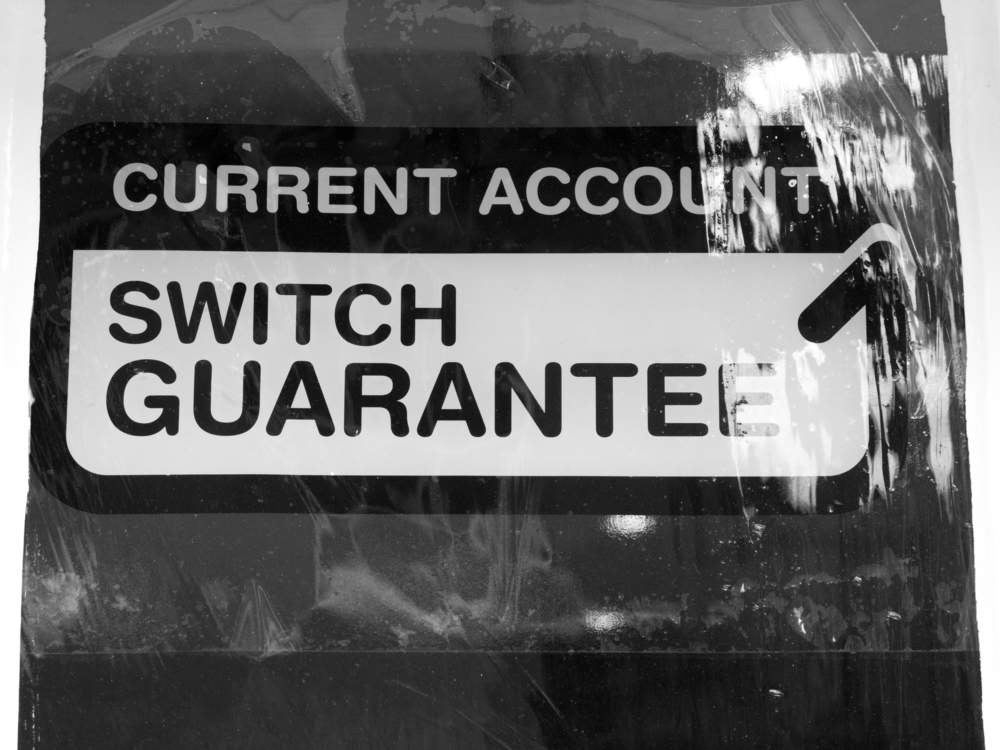
Total UK current account switching in 2018 dipped slightly despite the growing appeal of neobanks such as Monzo and Starling.
In 2018 there were 929,070 switches, compared to the previous 12 months when 931,956 switches took place.
The rate of decline has at least slowed. In 2016 current account switching totalled 1,010,423, down from 1,033,939 in 2015.
In 2014, there were 1,156,838 switches.
The banks continue to administer seven day current account switching effectively. The service enjoyed a satisfaction rate of 91% in the fourth quarter of 2017, down slightly from 93% a year ago.
But current account switching rates remain less than they were in 2012 before the service launched. In 2012, a total of 1.12 million switches took place.

US Tariffs are shifting - will you react or anticipate?
Don’t let policy changes catch you off guard. Stay proactive with real-time data and expert analysis.
By GlobalDataSince the seven day switching service launched in 2013 there have been a total of 5.38 million switches.
Consumer awareness of the Current Account Switch Service is currently 76%, down from a high of 84% in October 2017.
Current account switching: TV and social media campaigns
In an effort to boost current account switching, high profile media campaigns kicked off last September.
The aim is to ensure that consumers, particularly the less financially confident, understand the benefits and simplicity of switching.
The campaign was launched on TV in September and was rolled out in digital and social channels in October.
There remains a lot of hype surrounding the launch of the neobanks. It is not in dispute that the new players are shaking up the market and growing customer numbers impressively.
But the evidence remains that the vast majority of their customers are opening neobank accounts as an additional product.
Current account switching: Q318 winners and losers
Brand by brand data is released by Bacs on behalf of the current account switching participants three months in arrears.
So the most up to date brand data relates to the third quarter of 2018.
InQ318, Neobanks Monzo and Starling attracted net gains of over 5,000 and 2,000 respectively.
Yet again the biggest winner by brand is Nationwide. In the three month period to end September, Nationwide is up by almost 32,000.
Unsurprisingly, given its litany of IT issues, TSB is the biggest loser by brand.
In Q318 TSB lost a net 16,000 switchers. Notably, this is a complete reversal of TSB compared with 12 months ago. For example, in the first 6 months of 2017 TSB attracted a net gain of over 31,000 switches.
Of the traditional Big four banks HSBC continues to stand out.
In Q318 HSBC net switches are up by more than 16,000.
The offering of switching incentives is likely to have contributed significantly. Nationwide continue to offer its £100 incentive for the new switcher and a friend. Meantime, HSBC subsidiary First Direct also offers attractive switching incentives.






